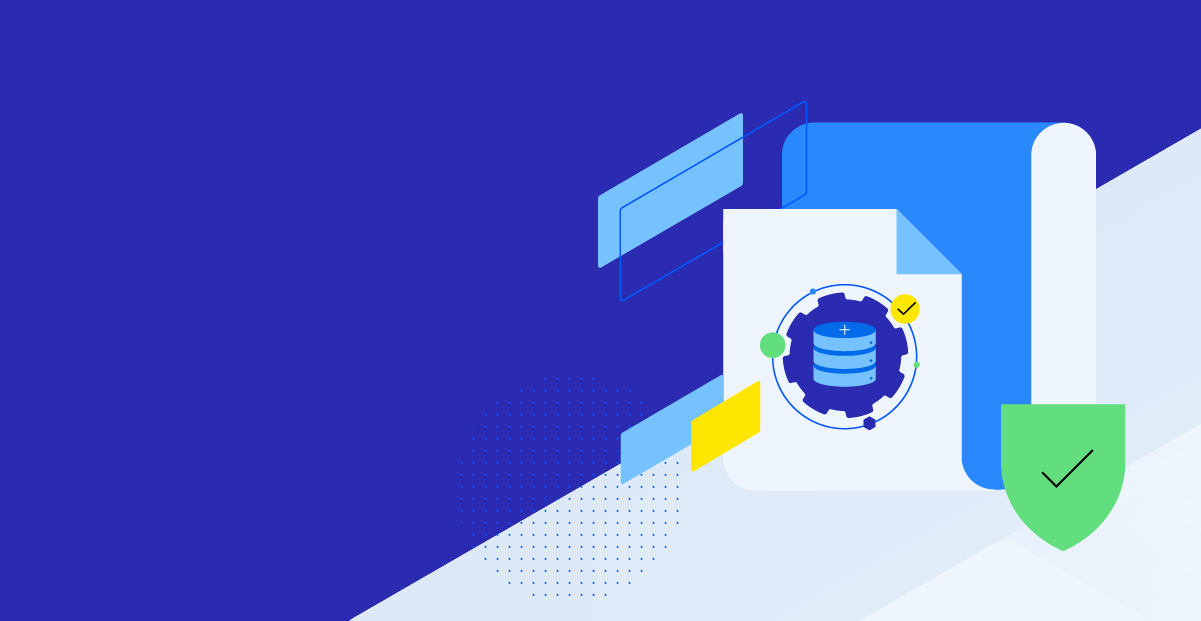You’ve probably heard the term “data governance” floating around. It can seem like another buzzword executives throw around to sound intelligent, right? While data governance is a popular concept these days, it’s not just empty jargon.
Data governance refers to managing one of your organization’s most valuable assets—its data. When done well, data governance helps you keep your data consistent, accurate, secure and accessible to those who need it. It may sound boring, but effective data governance has real benefits like improved data quality, reduced risk and better business decisions.
If your company struggles with managing data, understanding data governance principles and implementing best practices can help get things under control. In this article, we’ll take a deeper look at data governance and break down its purpose, benefits, applications and steps to get started.
The Objective of Data Governance
In today’s digital age, you’ll often hear data referred to as “the new oil”—a resource so valuable it drives the modern economy. However, unlike oil, data doesn't diminish in value with use; rather, its worth grows exponentially with smart management. This is where data governance comes into play, a pivotal practice akin to the traditional governance of a society.
Much like how a government creates rules to protect its citizens, data governance equips an organization with a set of rules and processes designed to better safeguard the data and serve the stakeholders effectively.
With data governance, your aim is not just to protect your data, but also to enable you to achieve your objectives of data quality, availability, security, privacy and compliance with regulatory requirements.
Through this lens, you can see how data, from the moment it's acquired until it's eventually discarded, requires careful and thoughtful oversight to maintain its integrity, confidentiality and utility.
The Principles and Benefits of Data Governance
The main principles of data governance include:
- Availability: Data is available to those who need it.
- Integrity: Data is accurate, consistent and trustworthy.
- Security: Data is hardened against unauthorized access, use and disclosure.
- Usability: Data can be easily understood, accessed and used for business purposes.
- Accountability and compliance: Responsibilities are clearly defined, and regulations are adhered to.
The benefits of solid data governance are plentiful. It leads to higher-quality data, improved productivity, reduced risks and costs, and better strategic decision-making. Data governance may seem complex, but it's really about bringing people together around data. When done right, it can transform how your company leverages data to drive success.
The Core Components of Data Governance
Data governance stands on three pillars: policies, processes and roles. Each plays a crucial role in the data lifecycle:
- Policies – Addressing the “what,” these are the rules for managing data within the organization.
- Processes – Focusing on the “how,” these are the steps to implement so that policies are followed correctly.
- Roles – Concerning the “who,” these define the individuals responsible for policy creation and enforcement.
For a clearer understanding, let’s delve into several common policies that you might encounter:
- Data access policies: Dictate the conditions under which data can be accessed to prevent unauthorized use.
- Data security and privacy policies: Outline rules for protecting data against threats and unauthorized access while respecting user privacy.
- Data retention policies: Establish guidelines for how long data should be retained and the methods for its secure disposal.
- Data quality policies: Promote the data's accuracy and reliability, so it can be trusted for decision-making purposes.
Regarding roles, there are some key players:
- Data owner: The accountable party, often the one who defines and oversees the policy.
- Data steward: The individual typically responsible for implementing and adhering to the policy.
Practical Examples of Data Governance in Action
To further illustrate the importance of data governance, we can explore how different organizations apply these principles.
Case Study: Healthcare Institution
Imagine a hospital that must comply with the Health Insurance Portability and Accountability Act (HIPAA), a U.S. law designed to protect patient medical records. It might employ a data privacy policy that stipulates the rules for preserving patient confidentiality.
Policy Example: A HIPAA-compliant data privacy policy to protect patient records.
Procedure: The anonymization of patient data for analytics purposes:
- Direct identifiers are removed from the data set
- Indirect identifiers are altered or obfuscated
- Unique codes are assigned to patient data
- Data is aggregated or generalized to uphold anonymity.
By following these steps, the hospital helps protect patient privacy while still being able to use the data for analytics and research purposes.
Case Study: e-Commerce Retailer
Consider an e-commerce retailer that must share data with supply chain partners. A data access policy could be critical so data is shared responsibly.
Policy Example: A data access policy that allows sharing based on the partner's role, following the principle of least privilege.
Procedure: The review process for data access requests might look as follows:
- Partners submit a request specifying their data access needs.
- Data owners review and either approve or deny the request based on its merit.
- Data stewards grant access if approved and subsequently inform the individual.
This approach helps organizations to check that access to data is granted appropriately and that sensitive information is not overexposed.
Real-Life Case Study of Data Governance in Healthcare
In this Progress case study, a biotechnology company faced challenges in managing information related to their drug development pipeline. They had data stored across various platforms in diverse formats, which hindered efficient access and created a less-than-optimal user experience. To solve this problem, they implemented the Progress Semaphore semantic AI platform. The platform helped them enhance knowledge worker productivity and optimize their SharePoint repository.
Semaphore Knowledge Model Management (KMM) was used to craft a robust knowledge model encompassing products, development activities, stages of development and other pertinent drug development topics. The model was refined using Semaphore’s text mining capabilities, facilitating alignment with the specific domain and use case. Through iterative validation and refinement processes, the organization successfully validated its SharePoint implementation, surpassing initial targets for auto-tagging content.
As a result of using the Semaphore data governance solution, the biotechnology company experienced significant improvements in knowledge worker efficiency, enabling quick and easy access to required information. The model management, auto-classification and fact-extraction technologies in Semaphore played a pivotal role in transforming scattered enterprise data into actionable intelligence. This not only streamlined data governance processes but also empowered the organization to uphold data quality, compliance and security standards across all stages of product development and manufacture in the life sciences domain.
Implementing Data Governance: A Step-By-Step Guide
So how does an organization breathe life into its data governance program? Here’s a broad-strokes approach:
- Define your data governance strategy: Start by understanding what your organization hopes to achieve with data governance and establish clear goals.
- Establish policies and standards: Create detailed policies and standards tailored to organizational needs. These documents should be flexible enough to adapt as circumstances change.
- Designate roles and responsibilities: Clearly define roles—who does what in the data governance framework. Make sure everyone involved understands their responsibilities.
- Develop and implement processes: Craft step-by-step processes that translate policies into action, whether it's how data is classified, accessed or maintained.
- Monitor, review and refine: Data governance is not set-it-and-forget-it. Continuously monitor how well policies and processes are working, review their effectiveness regularly and refine them when necessary.
- Invest in training and communication: An informed team is crucial. Invest in training for everyone involved in data governance and keep communication lines open.
- Leverage technology: Use software solutions that can assist in data governance, such as data catalogs, data lineage tools and access control systems.
- Stay compliant: Always be prepared for regulatory audits by keeping your data governance practices in line with legal requirements.
Conclusion
So, there you have it—an introduction to data governance and why it matters. By now you understand that data governance is simply about establishing processes and controls to properly manage your data.
While it can seem overwhelming, starting small and focusing on high-value data domains is the key. Build support, set policies, define roles and get the right technology and tools in place. Before you know it, data governance can become second nature. Your data will be cleaner, more accurate and more secure. You'll have confidence in analytics and reporting. And you'll be making better business decisions as a result. Data is an asset, so take the time to govern it well. Your organization—and your customers—will thank you for it.
Watch the on-demand webinar “Driving Business Value with Modern Data Governance” to learn more about the topic.

John Iwuozor
Related Tags
Related Articles

Latest Stories in Your Inbox
Subscribe to get all the news, info and tutorials you need to build better business apps and sites
